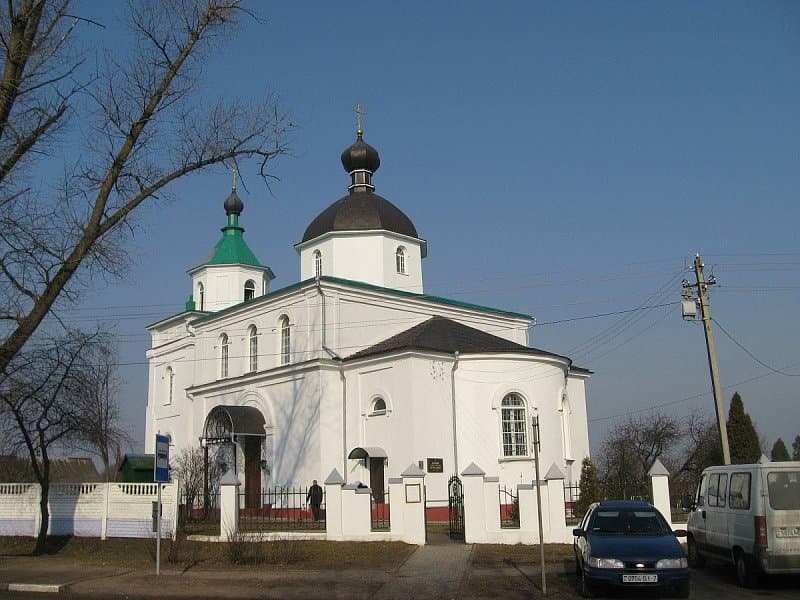Senitsa. The Church of Peter and Paul.
Church
Belarus, Minsk region, Minsk district, Senica, ul. Prilukskaya, 2.
Description
The stone church in the village of Senitsa was built in 1865 during the time of the Russian Empire in the retro–Russian style fashionable at that time. The three-tiered iconostasis was made by master Egorov. There were 18 icons in the iconostasis, which were painted by artists Radkovsky and Strukov.
In 1866, the national school began operating at the church, where the national poet of Belarus Yanka Kupala studied in 1889-1890.
In Soviet times, in the 1930s, the church was closed. And the local collective farm club worked in the building. Then there was a granary here. After the war, there was a music school in the church. In 1989, the church was returned to the Orthodox faithful. The church is active.
Categories
Historical
Architectural monument
Comments
Reviews to the Place
1Алег Дзьячкоу
13.03.2025
Senitsa. The Church of Peter and Paul.
In the Minsk district, behind the ring road of the capital, there is a place called Senitsa, where the stone Orthodox Church of Peter and Paul was built.
The town of Senitsa was first mentioned in historical sources sometime since the 16th century, from the era of the Grand Duchy of Lithuania. In 1567, Dragovich was the owner of the village. Soon, in 1582, S. I. Dostoevsky acquired the place. According to some sources, this is the ancestor of Fyodor Mikhailovich Dostoevsky.
In 1789, the first Uniate church was built on the foundation of the landowner Pavlovsky. The church was consecrated in honor of Peter and Paul.
After the second partition of the Polish-Lithuanian Commonwealth, the town became part of the Russian Empire and in 1861 the Sennitskaya volost of the Minsk district of the Minsk province was created.
In 1839, Uniatism was banned in Russia, and around 1840 the church was handed over to Orthodox believers. Three more churches belonged to the church. In 1852, it was decided to renovate the old wooden church. When they began to calculate the costs, they came to the conclusion that it was easier to build a new stone temple.
The contractor for the construction of the new church was Minsk merchant Alexander Sveshnikov, and architect G. Meyer designed the new building.
In 1865, a new church was built, which was consecrated in honor of the Holy Apostles Peter and Paul. There was a public school at the church, where the poet Yanka Kupala studied.
In Soviet times, the temple was closed and there was a warehouse, and then a music school. In 1989, the church was handed over to the faithful and repairs were carried out.

